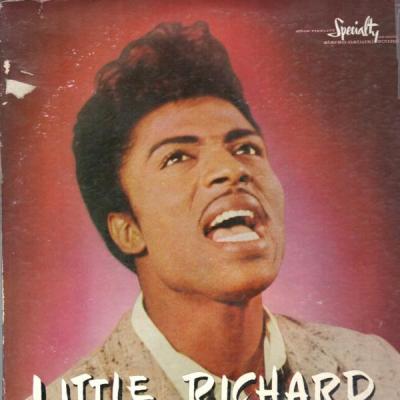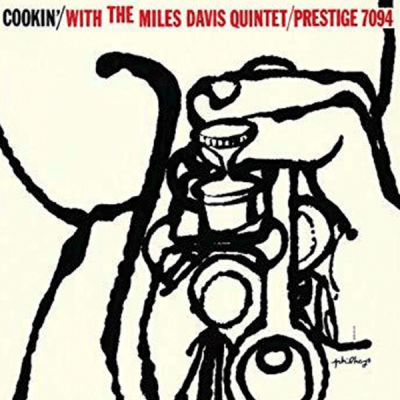


Cannon Ball Adderley: Something' Else
Album #24 - August 1958
Episode date - November 8, 2023
It is impossible to discuss Cannonball Adderley’s “Somethin’ Else” without discussing the relevance of Miles Davis, not only to this particular album but to the entire jazz scene of the late ‘50s.
Perhaps even more than his own solo work, “Somethin’ Else” conveys the ubiquitous presence of Miles Davis in this era when everything he touched turned to gold. His quintet with John Coltrane, Red Garland, Paul Chambers and Philly Joe Jones solidified the jazz scene, until John Coltrane was forced to take leave for a few months due to a heroin problem. With the return of John Coltrane in early 1958, Davis prepared to bring his classic quintet back together, but adding Cannonball Adderley’s alto sax to compliment Coltrane’s tenor, perhaps as a means of hedging his bet on Coltrane’s health. Thus, the famous quintet was now a sextet.
Adderley was already well known when he joined Davis’ band. He released a handful of excellent albums for small labels like Savoy and EmArcy, almost always teamed with his brother Nat on cornet. While Davis worked with Adderley and the others on his “Milestones” album, Adderley received an offer to record a session for Blue Note Records and he put a first-class band together, featuring Hank Jones on piano, Sam Jones on bass and the inimitable Art Blakey on drums. Now, this is only conjecture on my part, but although Nat had played trumpet on his previous sessions, Cannonball was now employed by Miles Davis. He probably felt compelled to give Davis the right of first refusal, most likely expecting him to say no, because Davis had done very little session work since signing with Columbia. However, not only did Davis accept, but he quickly took over the proceedings.
With no offense intended toward Cannonball Adderley, the result is a Miles Davis record in all but name. Miles gets first dibs as soloist on almost every track, and he usually takes the opportunity to state the song’s melody before Adderley and Jones expound on the chord arrangements. Davis also picked most of the material for the session and going forward, would subsequently keep “Love for Sale” and “Autumn Leaves” in his own setlist. He even wrote the album’s title track! In addition, the album leaves a clue that Davis ran the session as well, as you can hear him address Blue Note’s president Alfred Lion at the end of “One for Daddy-O” asking, “Is that what you wanted, Alfred?” As such, “Somethin’ Else” served as a dry run for Davis’ upcoming album, the universally acclaimed “Kind of Blue.”
“Somethin’ Else” was Adderley’s only album for Blue Note, and approached at face value, it’s a beauty. “Autumn Leaves” is simply gorgeous, as it hardly rises above a whisper while the band plays with patience and thoughtfulness. “Love for Sale” is also handled gently, with Adderley being the only player to push the arrangement and swing a bit hard during his solo break. For side two, Miles removes his mute, and as a result, the band plays with a bit more of an edge, but by no means am I trying to take the wind from Cannonball Adderley’s sails. His playing is terrific throughout (as is the deft touch of Hank Jones) and since it’s his session, he also deserves credit for pulling this special lineup together. The album ends with “Dancing in the Dark” and the arrangement turns the spotlight squarely on Adderley’s interpretive talents. As a vocal piece, it’s usually a difficult song for singers because of the octave leap during the climactic section, but Adderley effortlessly leaps through the variations, proving that the melody works much better as an instrumental piece. Miles Davis may be an overwhelming presence on “Somethin’ Else,” but in the end, the album belongs to Cannonball Adderley.
Featured Tracks:
Autumn Leaves
Love for Sale
Somethin’ Else
One for Daddy-O
Dancing in the Dark
August 1958 – Billboard Did Not Chart
Related Shows













